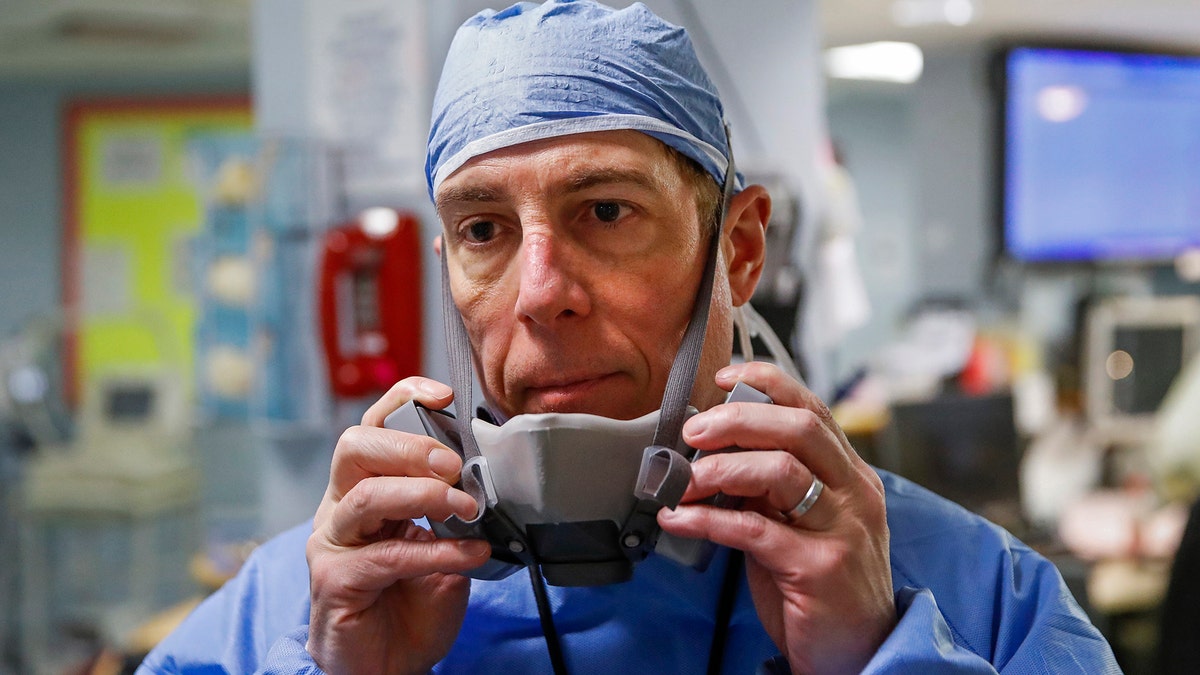Fox News Flash top headlines for April 27
Fox News Flash top headlines are here. Check out what's clicking on Foxnews.com.
Get all the latest news on coronavirus and more delivered daily to your inbox. Sign up here.
The novel coronavirus that has swept the globe, infecting over 3 million people and killing at least 208,131, can linger in the air of crowded spaces.
A new study published Monday in the journal Nature Research revealed that bits of COVID-19's genetic materials were found floating in the air of hospital toilets, in an indoor space holding large crowds and in rooms where medical staff removed protective gear.
Researchers, who analyzed two hospitals in the pandemic's epicenter in Wuhan, China, did not seek to establish whether these airborne particles could cause infections. Scientists are still learning more about this new coronavirus, so the question of whether it can spread through airborne particles is still being debated.
CHALLENGE OF TRACKING COVID-19'S STEALTHY SPREAD REVEALED IN NEW STUDY

Dr. Anthony Leno, Director of Emergency Medicine, pauses at the end of his shift at St. Joseph's Hospital in Yonkers, N.Y. (AP Photo/John Minchillo)
The World Health Organization has advised that airborne particle transmission is likely to be limited to specific circumstances, such as in medical setttings where COVID-19 patients are being intubated or when other invasive procedures are being performed.
Led by Ke Lan of Wuhan University, scientists in the Nature Research study set up aerosol traps in and around two Wuhan hospitals.
Although they discovered few aerosols in patient wards, supermarkets and residential buildings, many more were found in toilets and two areas that had large crowds passing through, including an indoor space near one of the hospitals.
Higher concentrations were found in rooms where medical staff remove protective equipment, which may imply that particles contaminating their gear became airborne again when masks, gloves and gowns are removed.
CORONAVIRUS HAS MUTATED INTO AT LEAST 30 DIFFERENT STRAINS, STUDY FINDS
APPLE AND GOOGLE WILL SHUT DOWN CORONAVIRUS TRACING APP WHEN PANDEMIC ENDS
"Our results indicate that room ventilation, open space, sanitization of protective apparel, and proper use and disinfection of toilet areas can effectively limit the concentration of SARS-CoV-2 RNA in aerosols," the researchers wrote in the study's abstract. "Future work should explore the infectivity of aerosolized virus."




















